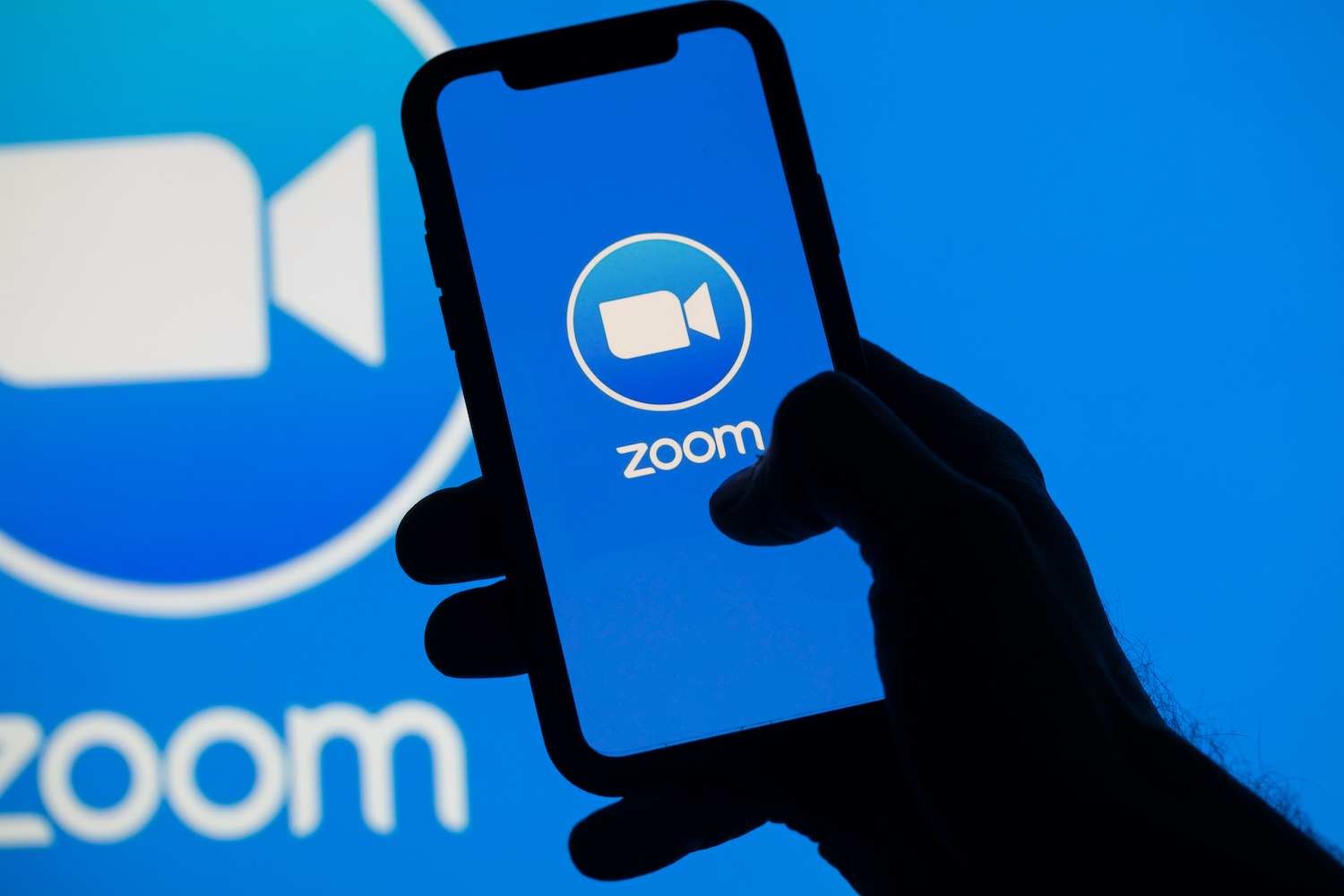iPhone 12 last-minute leak just revealed killer camera upgrades
The iPhone 12 will reportedly offer a much more powerful zoom, a macro mode and more

Up until now, most of the iPhone 12 rumors have centered around the sizes, prices and key specs like the A14 Bionic chip and storage. But now the iPhone 12 camera upgrades are coming into focus, and there’s a lot to break down.
According to @Pineleaks, a Twitter account associated with reliable tech leaker Max Weinbach, the iPhone 12 and iPhone 12 Pro Max will both offer plenty of camera enhancements, from a much better zoom on the regular iPhone 12 models to an improved Night mode on the iPhone 12 Pros.
Here’s everything you need to know about the iPhone 12 cameras.
- Best early Prime Day deals you can get now
- How to watch the iPhone 12 event
- Just in: iPhone 12 last-minute leak reveals final design
As first spotted by MacRumors, Weinbach says that the “digital and optical zoom will be getting a massive boost this year.” Because the iPhone 12 mini and iPhone 12 won’t feature a telephoto lens, they’ll have to rely on software. But you can expect “significantly extended digital zoom, both quality and distance wise.”
When it comes to the iPhone 12 Pro and iPhone 12 Pro Max, Weinbach says that telephoto is being tested with 3x optical zoom. However, earlier this week a leak by Kang on Weibo said that the iPhone 12 would do 4x optical zoom and the iPhone 12 Pro Max would reach 5x.
https://t.co/0tUq8jA5BSDigital and Optical Zoom will be getting a massive boost this year. The standard iPhone 12 will completely rely on software for this, still. You will get an significantly extended digital zoom, both quality and distance wise.October 11, 2020
In addition, Apple is allegedly trying for 25x to 30x digital zoom, which would rival the Galaxy S20 FE and Galaxy Note 20 but be less than the 50x Galaxy Note 20 Ultra.
It doesn’t end there. Weinbach tweets that the Night mode on the iPhone 12 Pro and iPhone 12 Pro Max will be usable on the telephoto camera. And there could be a “sort of macro camera feature” that will be you 2.2cm closer to objects compared to the iPhone 11 Pro.
Sign up to get the BEST of Tom's Guide direct to your inbox.
Get instant access to breaking news, the hottest reviews, great deals and helpful tips.
Last but not least on the camera front, the ultra wide camera on the iPhone 12 is apparently getting a larger aperture to improve low-light performance.
So what about battery life? Weinbach has some intel on this, too, claiming that the iPhone 12 Pro models will offer 1 hour of extra battery life. The bad news: the iPhone 5.4-inch 12 mini will offer less juice than the current iPhone 11 due to its smaller design and battery.
As previously rumored, Weinbach says that the iPhone 12 will offer faster Face ID, but he explains why. This will be enabled by a "dynamic zoning algorithm" feature. Plus, the notch on the iPhone 12 mini may have a smaller width.
The entire lineup will be unveiled at Apple’s iPhone 12 event on October 13, so we’ll know very soon if all of these leaks are legit.
Mark Spoonauer is the global editor in chief of Tom's Guide and has covered technology for over 20 years. In addition to overseeing the direction of Tom's Guide, Mark specializes in covering all things mobile, having reviewed dozens of smartphones and other gadgets. He has spoken at key industry events and appears regularly on TV to discuss the latest trends, including Cheddar, Fox Business and other outlets. Mark was previously editor in chief of Laptop Mag, and his work has appeared in Wired, Popular Science and Inc. Follow him on Twitter at @mspoonauer.
-
Dave Haynie Folks writing articles about phone cameras should really learn a few things about cameras as a prerequisite. Not a single phone on the market today has a "optical zoom" lens. They all have fixed focal length lenses. An optical zoom lens is a lens that has a variable focal length. None of these do.Reply
Phone cameras "zoom" by using digital zoom, 100% of the time. This can be cropping, this can be merging two different camera images and cropping, etc, this can even be using computational photographic techniques like DRIZZLE (Google's Super Res Camera, Samsung's Space Zoom). But there's no optical zoom anywhere.
Okay... Samsung did include an actual optical zoom on a few phones. You get something like this. -
WayneAnderson Dave, you are mostly right. I think its ok to call it "optical zoom" when a Phone has a set focus length with optically set module at a certain "visual distance" enhancement - e.g. 3X for the S20FE for example.Reply
You are right, in that Samsung switches / blends from one lens to another's image when it crosses the 3x threshold, and continues to digitally crop and attempt to apply post-processing to interpret the crop of the area from the sensor to do a sharpen and resolve detail within that crop.
That being said - I would also highlight for this article that post processing is critical. Having an S20FE in hand, I can echo that the post on a 3X image from the focal length camera intended for that "zoom" factor is heavy handed, struggles to deal with motion (very easy to get edge blurring with even the least motion), and the overall camera performance and activity response is slow.
iPhone 12 using no digital zoom with a better post processing software may actually be ok for "most" users if they dont oversaturate and overprocess like Samsung is doing today, and focuses the performance of the A14 processing on better interpolation than the S20FE, and even S20 main series are doing.
iPhone 11 works well, I would take that camera with no zoom lens over what's built into this s20FE any day.

